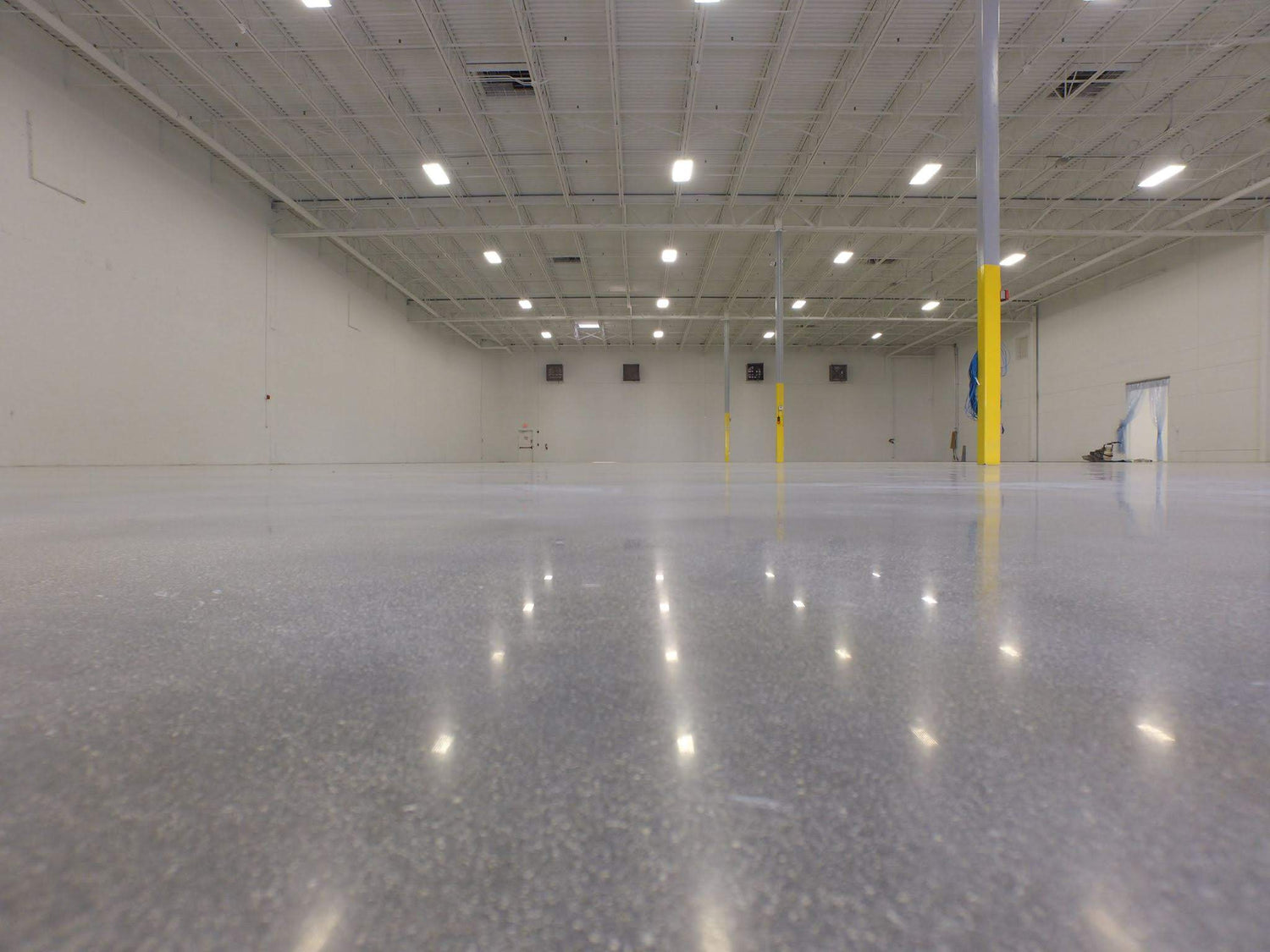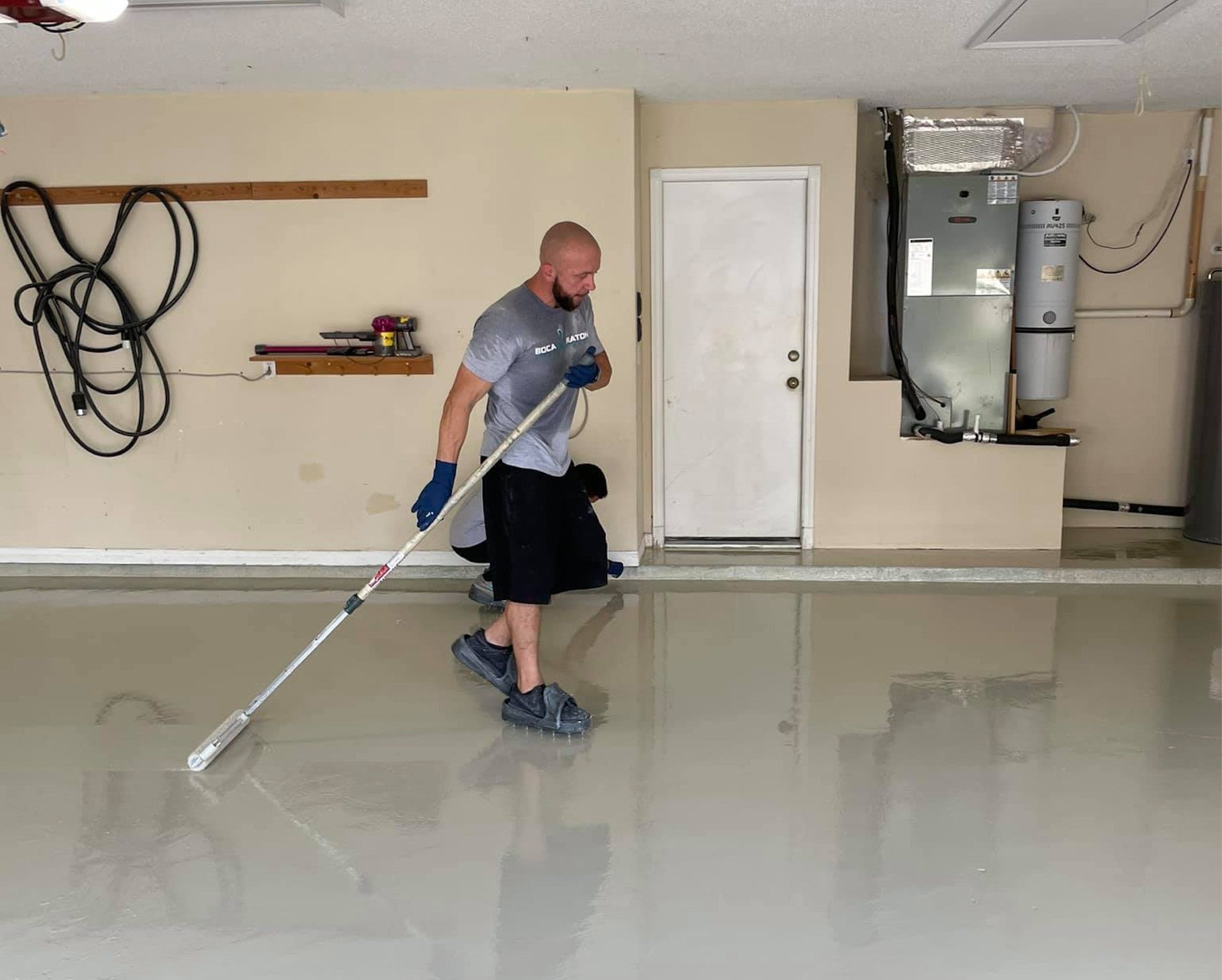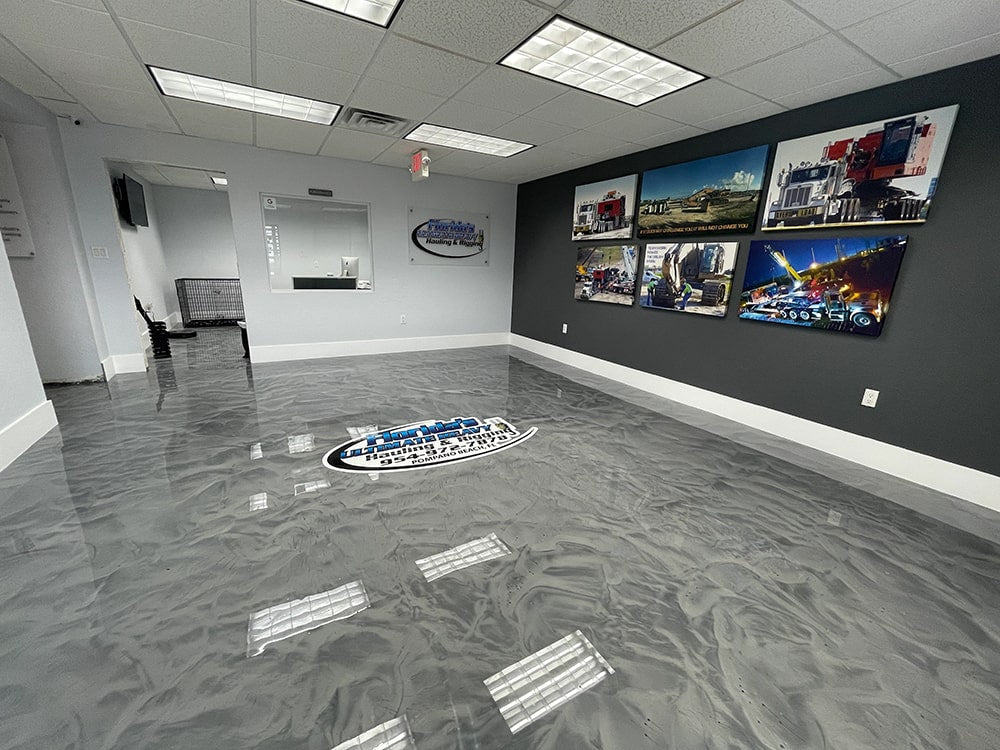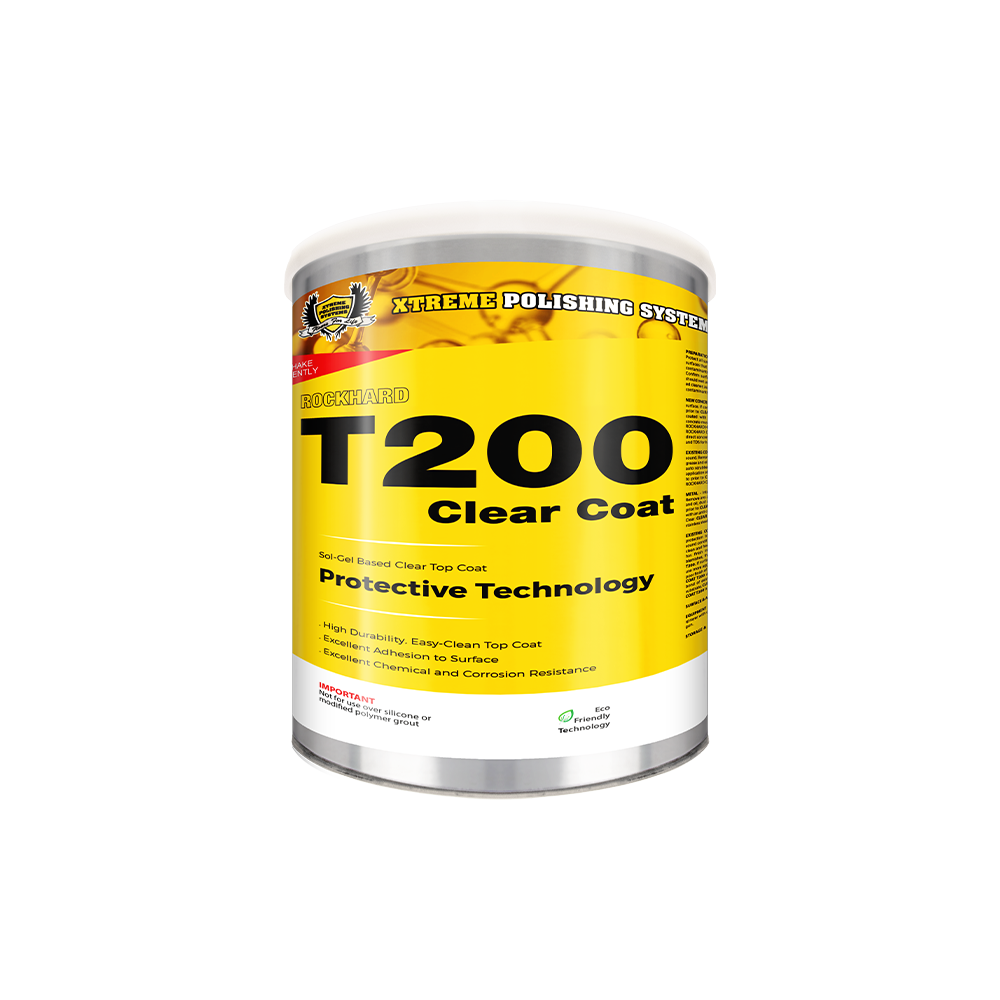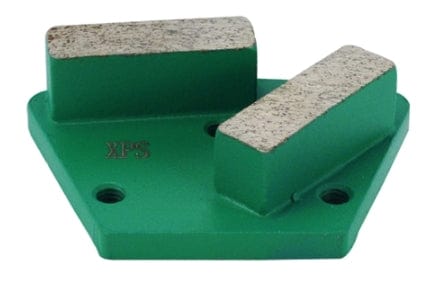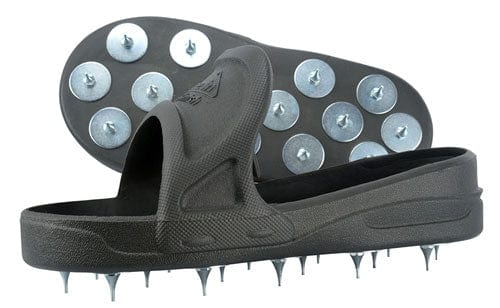What are the Different Types of Sealers?

Concrete floors can be sealed with three different types of sealers: integral, penetrating, and topical. Because each sealer does something different, here’s what each one does:
Integral sealers: these sealers are added to the concrete mix before it even leaves the plant so that your concrete floor will start sealing immediately as it is laid. The integral sealer provides the same benefits as a topical sealer, however, the benefit is that it starts sealing immediately.
Penetrating sealers: these sealers penetrate the concrete itself and form a chemical barrier that helps shield your floors against moisture, helping them last longer.
Topical sealers: these are placed on the surface of your concrete floors and form an effective protective layer on your floors. Ideal for both indoor and outdoor applications.
Why is sealing your concrete floors so important?

Sealing your concrete floors is so important because there are so many benefits. So we highlighted the reasons why here:
Sealing concrete prevents mold growth
The last thing anyone wants is moldy floors. In the absence of a properly sealed concrete floor, moisture can penetrate and lead to mold growth. Properly sealing your concrete floors prevents moisture from accessing the floor, and thus prevents the growth of mold and bacteria. The result is a longer-lasting floor!
Sealing floors makes them durable
Your floors will last longer if they are properly sealed. By sealing concrete, you will protect it from the elements, which will prevent cracking, scaling, and other problems associated with concrete. No matter how often you use your floors, securing them will keep them from being damaged. Sealing concrete floors is a wise move if you want to maintain their appeal for as long as possible.
You can extend your floor’s life by sealing
By sealing your concrete floors, you allow them to last longer than they would otherwise and ensure that they last substantially longer than they would otherwise. Increasing the longevity of your concrete floors by sealing them properly can increase their lifespan by 25 to 30 years.
Keep your floors protected with concrete sealers
Oil spills, sun rays, and changes in the weather will all damage concrete floors if they are not protected with a sealer. It is important to seal your floors to extend their life substantially.
Color your floors to maintain their appearance
Nowadays, coloring concrete floors are particularly popular. In contrast, concrete flooring can easily become discolored when exposed to the elements. Therefore, sealing concrete floors protects and maintains their color, keeping them clean and sharp for a longer period.
Steps for preparing concrete floors for sealing
Sealing your concrete floors is almost as time-consuming as preparing them for sealing. To properly seal your floors, you must prepare them effectively and thoroughly. Here are some tips for preparing your concrete floors:
- Ensure that everything in the room you want to seal is removed.
- Use a putty knife to remove the skirting boards from the walls.
- Vacuum the floor to remove any debris.
- Make sure the room is well-ventilated.
- Use a degreasing product to clean the floors.
- If the concrete floor is particularly oily, scrub the area with a wire brush to remove the excess oil.
- Using a wet mop, rinse the concrete.
- Then, allow the floors to dry completely.
- Any existing cracks need to be filled with a concrete filler product.
Now that you’ve completed these steps, you’re ready to start sealing your concrete floors!
Steps for sealing a concrete floor
A pump sprayer or roller can be used to apply a small amount of concrete sealer evenly to your floor. Pour the concrete sealer into a pump sprayer or roller tray and apply it over your floor. Be sure to apply sealant around the room’s edges, then work your way from the furthest area of the room toward the exit so you don’t enclose yourself!
Allow 12 to 24 hours for the sealer to dry. If you would like your floors to dry faster than they would otherwise, you can speed up the drying process by using fans or dehumidifiers. Last but not least, you must reinstall the molding and baseboards in the wall and then put all the furniture back in the room. There you have it, beautiful sealed concrete floors!
Does your concrete floor need to be sealed often?
Even though sealing concrete floors isn’t a time-consuming task, it offers so many benefits! We recommend sealing concrete floors every 2-5 years to help them remain in good shape for many years, protecting them from pitting, cracking, and further damage.
Watch this video to learn more about sealing your concrete floors.
